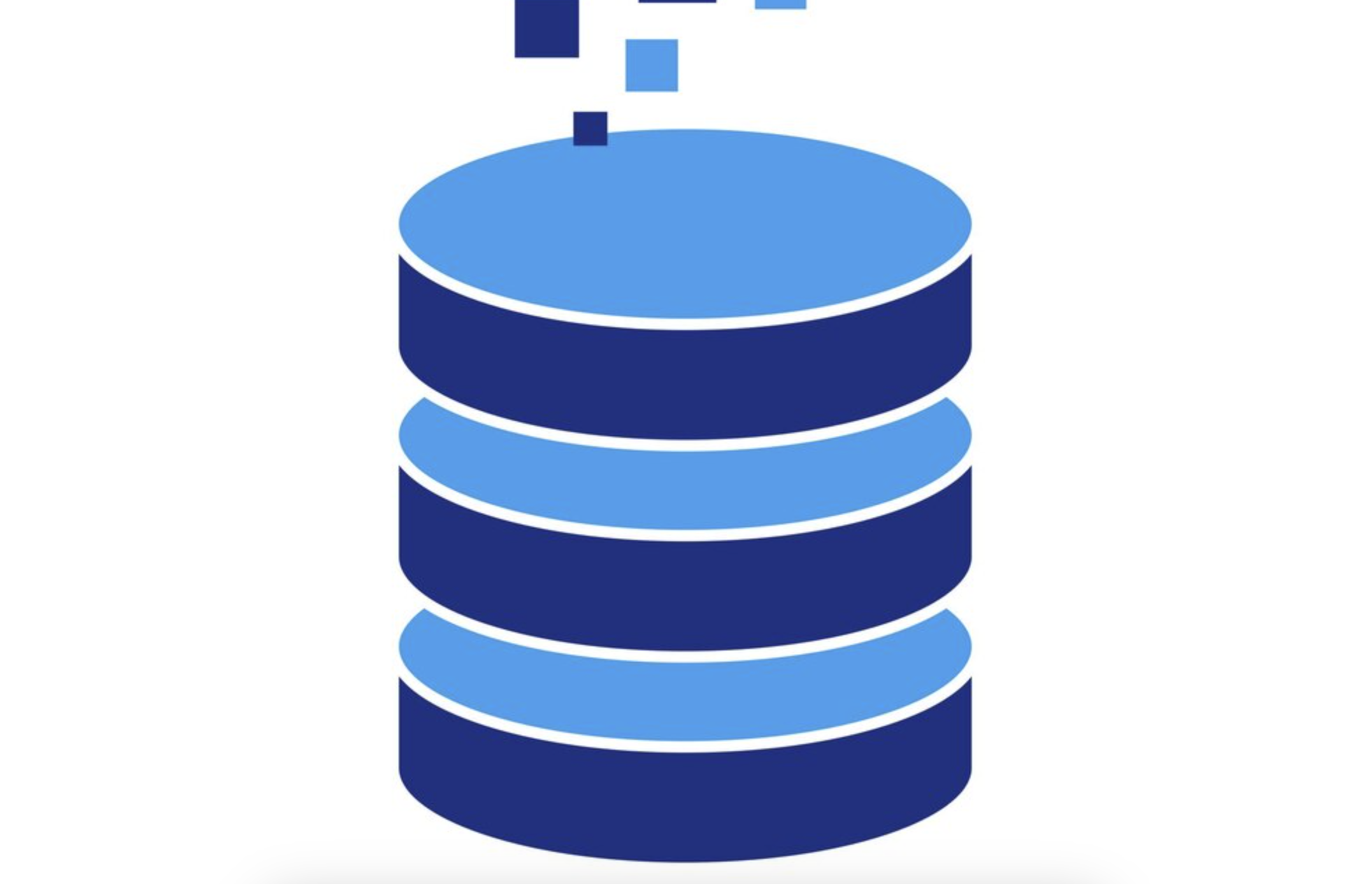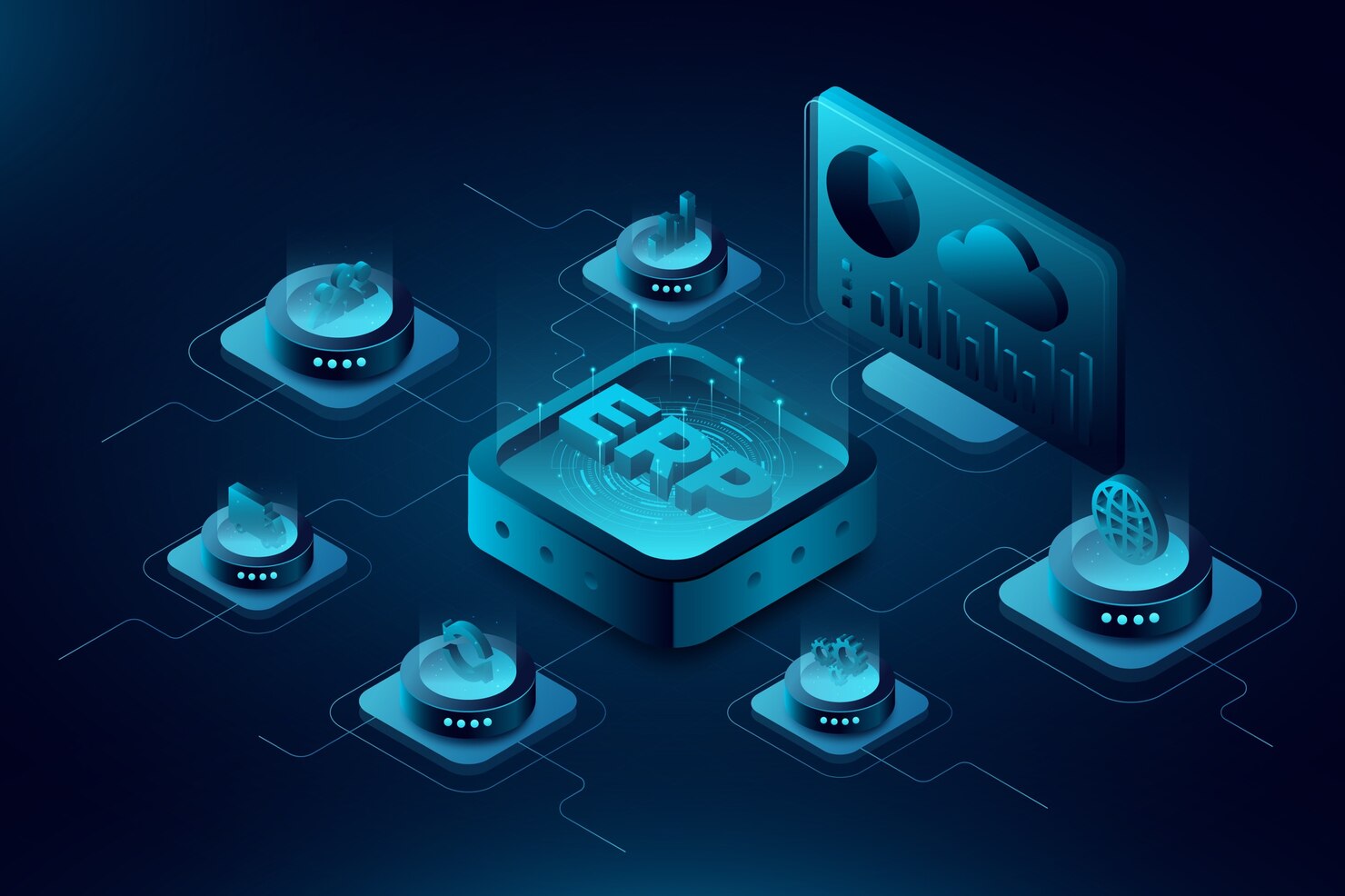
Comparison of Relational and Non-Relational DBMS: Which is Best for Your Project?
October 11, 2024
Table of contents
Quick Access

Choosing a database management system (DBMS) is a critical decision for any business project. For CEOs, managers, and leaders looking for the ideal solution, understanding the differences between relational (SQL) and non-relational (NoSQL) databases is essential. Throughout this article, we will take an in-depth look at these two options, evaluating their features, advantages, and the context in which each may be the best choice.
What are relational and non-relational databases?
Relational Databases (SQL)
Relational databases are structures organized into tables containing rows and columns, where each column represents a data attribute and each row corresponds to a specific instance of that data. These tables can be linked through primary and foreign keys, allowing for complex relationships and advanced queries. Relational DBMSs such as MySQL, PostgreSQL, and Oracle have been the standard choice for enterprise applications for decades, thanks to their consistency and well-defined structure.
Non-Relational Databases (NoSQL)
Non-relational databases, on the other hand, offer greater flexibility in terms of data format and structure. These types of databases can handle unstructured and semi-structured data, and are organized into various types of models, such as key-value, documents, columns, and graphs. Popular examples include MongoDB (document-oriented), Redis (key-value), and Cassandra (column-based). NoSQL databases are ideal for applications that require scalability, low latency, and the ability to handle large volumes of data.
Key Differences Between Relational and Non-Relational Databases
1. Structure and Schema
Relational databases require a predefined and fixed schema to organize data into tables. This means that any change to the data structure requires a modification to the schema, which can be costly in terms of time and resources. In contrast, NoSQL databases offer flexible schemas or even free schemas, allowing data to be stored without the restrictions imposed by a rigid structure. This makes it easier to adapt and evolve the application without affecting the integrity of the system.

2. Scalability
Relational databases are traditionally vertically scalable, meaning they are improved by adding more resources to a single server. While this strategy can work well for certain applications, there comes a point where it can become inefficient and costly. On the other hand, non-relational databases are designed to scale horizontally, allowing the addition of multiple nodes or smaller servers to handle larger data volumes and workloads. This capability is critical for companies planning to scale their operations quickly and efficiently in the cloud.
3. Flexibility and Adaptability
The flexibility of non-relational databases is a key advantage when it comes to handling varied or unstructured data, such as in Big Data or social media applications. In these contexts, data can change rapidly in form and volume, and NoSQL DBMSs allow that data to be stored and managed without the need for constant schema adaptations.
In contrast, relational databases are ideal for situations where data is predictable and requires a consistent structure. For example, in financial applications, human resource management, or ERP systems, data consistency and integrity are critical.
When to choose a relational database?
1. Consistency and Transactions
Relational databases are the best choice when you need to ensure data consistency and integrity at all times. Thanks to ACID (Atomicity, Consistency, Isolation and Durability) transactions, relational DBMSs ensure that operations on data are safe, even in situations of system failure. This feature is essential for applications that handle critical data, such as in the financial or healthcare sectors.
2. Complex Relationships
If your project requires managing data with multiple complex relationships between entities, a relational database is the ideal choice. For example, in a CRM, where customer interactions are managed, it is crucial to have a structure that allows you to link customer data, transactions and activities in a precise and easy-to-query manner.
When to choose a non-relational database?
1. Scalability and Performance
If your company handles large volumes of data that grow rapidly and constantly, or if the application must support variable traffic, a NoSQL database may be the best choice. This type of DBMS allows for efficient horizontal scaling, supporting high performance without compromising availability. This is ideal for applications such as social media, e-commerce, and cloud services that require scalability and high availability.
2. Unstructured Data and Flexibility
Non-relational databases are especially useful for projects that handle unstructured or semi-structured data, such as activity logs, media files, or user-generated content. For example, an application that stores data from IoT sensors can benefit from the flexibility offered by document databases, as each sensor can send data with different structures and formats.

Which is the best option for your project?
The answer to this question depends largely on the specific needs and objectives of your project. Below are some scenarios and recommendations to help you in your decision-making:
Projects with Predictable and Well-Structured Data: If your application handles data that does not change in structure frequently, such as in accounting or inventory management systems, a relational database is the safest option. The integrity and advanced query capabilities offered by these systems are essential to ensure proper functioning and data consistency.
High-Performance and Scalable Cloud Applications: If you are developing a cloud application that must scale dynamically and handle large volumes of data in real time, a non-relational database will be the best option. The ability to scale horizontally and adapt to different types of data allows your application to grow and adapt without structural limitations.
Projects Requiring Flexibility and Speed of Implementation: In situations where time to market is critical and requirements can change frequently, NoSQL DBMSs offer a competitive advantage. By not requiring a rigid schema, rapid changes can be made and data can be stored in a variety of formats, facilitating project evolution without significant costs.
Choosing between relational and non-relational databases is not a question of which is better overall, but rather which is better for your specific project needs. Relational databases remain the ideal choice for applications that require consistency, secure transactions, and structured data management. On the other hand, non-relational databases offer the flexibility and scalability that modern applications, especially in the cloud, require to handle large volumes of data.
When evaluating these options, it is crucial to consider the volume of data, scalability needs, structure, and future growth projections of your business. The right choice will be the one that best aligns with your organization's vision and goals, allowing technology to drive, rather than limit, the development of your projects.
We recommend you this video
Related Blogs
How to use automation in your email marketing strategy
.jpg)
How much time does marketing automation save?
.jpg)
How to implement marketing automation in a simple way
.jpg)
Vertical vs Horizontal Scaling: Side-by-Side Analysis for Developers
.jpg)
Svelte vs React: Pros, Cons, and Use Cases


